Walk-On Glass
we've been supplying architects and installers with walk-on glass since 1993
Walk-on glass typically consists of multiple layers of toughened (tempered) and laminated glass, bonded together to achieve the necessary strength and safety. This construction ensures that the glass can withstand significant loads and impact, making it suitable for flooring applications. For instance, toughened laminated glass is up to five times stronger than standard glass, providing a robust and durable surface for walking.

Safety
High-quality walk-on glass often includes safety features that block up to 99% of harmful UV radiation, protecting interiors from fading and occupants from excessive UV exposure.

Sound Dampening
The laminated layers can also provide acoustic insulation, reducing noise transmission between different building levels.

Melting and Refining
The raw materials are precisely weighed, mixed, and fed into a furnace operating at temperatures around 1,500°C (2,732°F). At this high temperature, the mixture melts into a homogeneous molten glass. Refining processes remove any bubbles or impurities, ensuring clarity and uniformity in the final product.

Security
Constructed from multiple layers of toughened (tempered) and laminated glass, walk-on glass is engineered to withstand significant loads and impacts, ensuring durability and safety.
Applications
Due to its durability and safety properties, toughened glass is widely used in various applications, including:
Residential Spaces
Installing glass floors in homes can create a modern and open feel, allowing natural light to penetrate deeper into living areas
Commercial Properties
Incorporating walk-on glass panels in offices, retail spaces, or museums can enhance the visual appeal and create a sense of openness, while also serving functional purposes such as illuminating lower levels.
Bridges and Terraces
Glass flooring is also used in bridges and terraces, providing a unique experience of walking on air and offering unobstructed views below.
Manufacturing Process
Assembly
Two or more glass sheets are thoroughly cleaned and then layered with the PVB interlayer
Float Glass Formation
The molten glass is then directed onto a bath of molten tin in a process known as the float glass method. Here, the glass spreads out and forms a continuous, flat ribbon with uniform thickness. As it moves along the tin bath, the glass gradually cools and solidifies while maintaining parallel surfaces, resulting in high optical quality.
Laminating
To ensure safety and structural integrity, multiple layers of tempered glass are laminated together:
Complete Glass Solutions
Our Glass product range
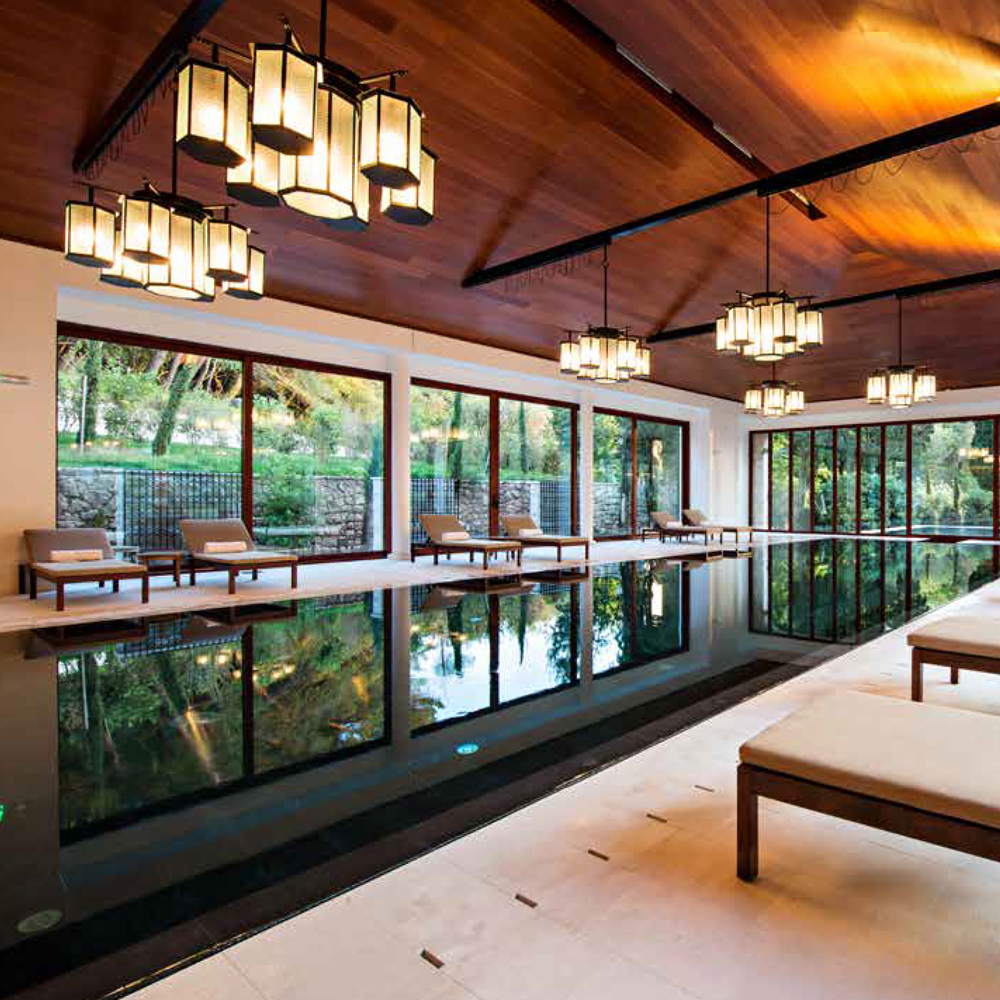
Heated Glass
European Glass supply electrically heated glass products to commercial and domestic properties.
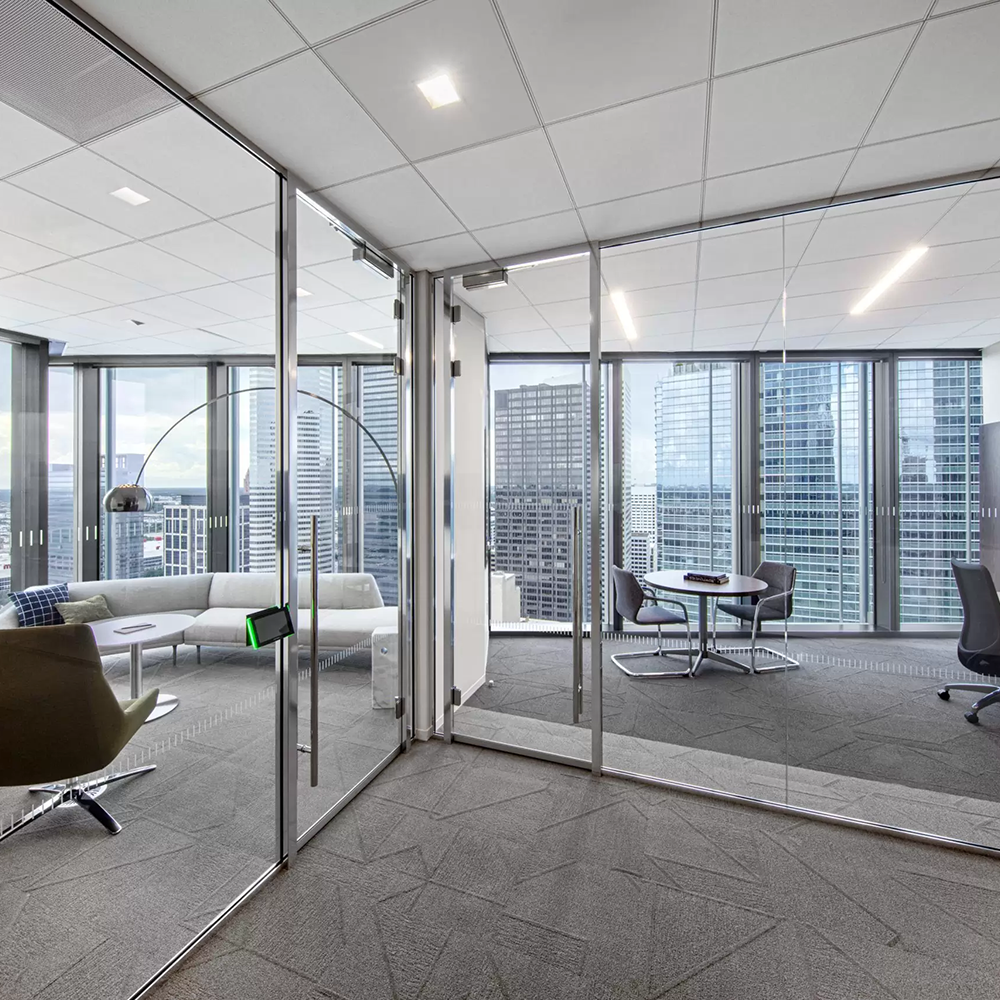
Acoustic Laminated Glass
High-performance glazing solution specifically designed to reduce external noise
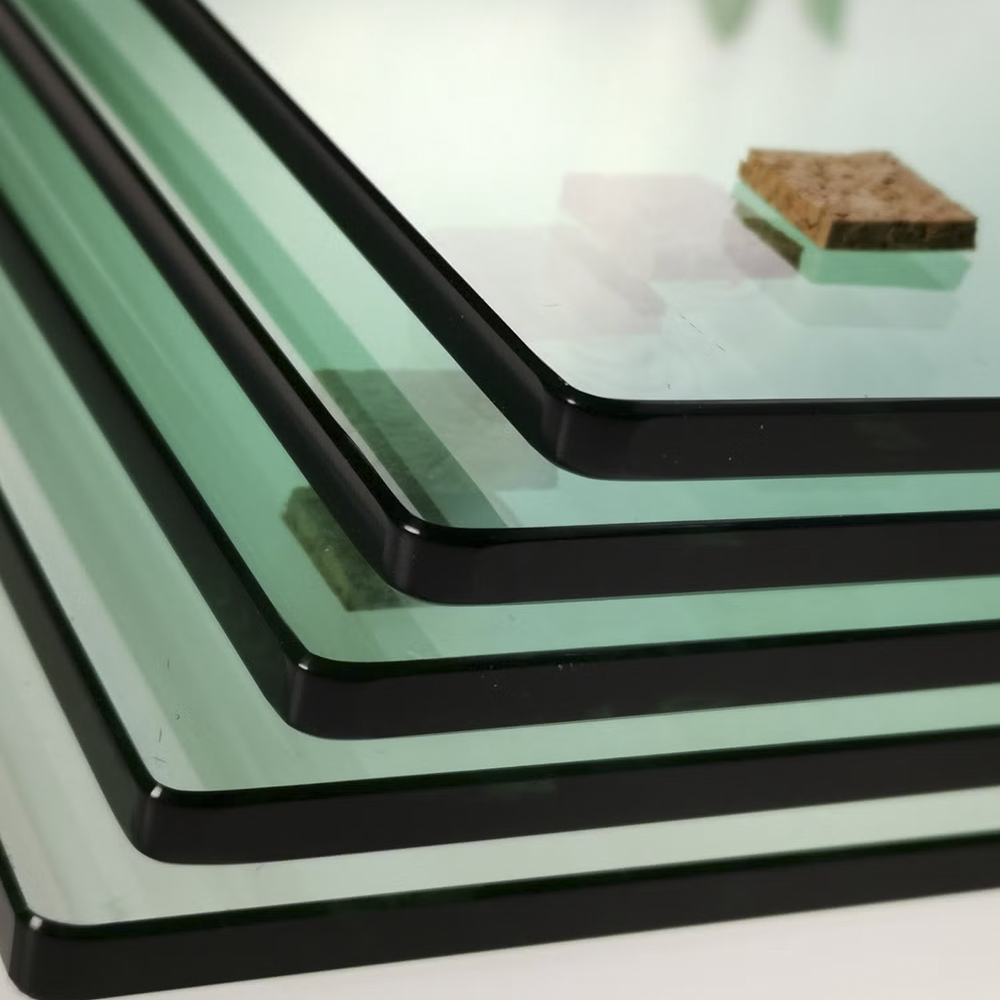
Toughened Glass
We have two Glaston Bending Furnaces capable of 4 metre bends.
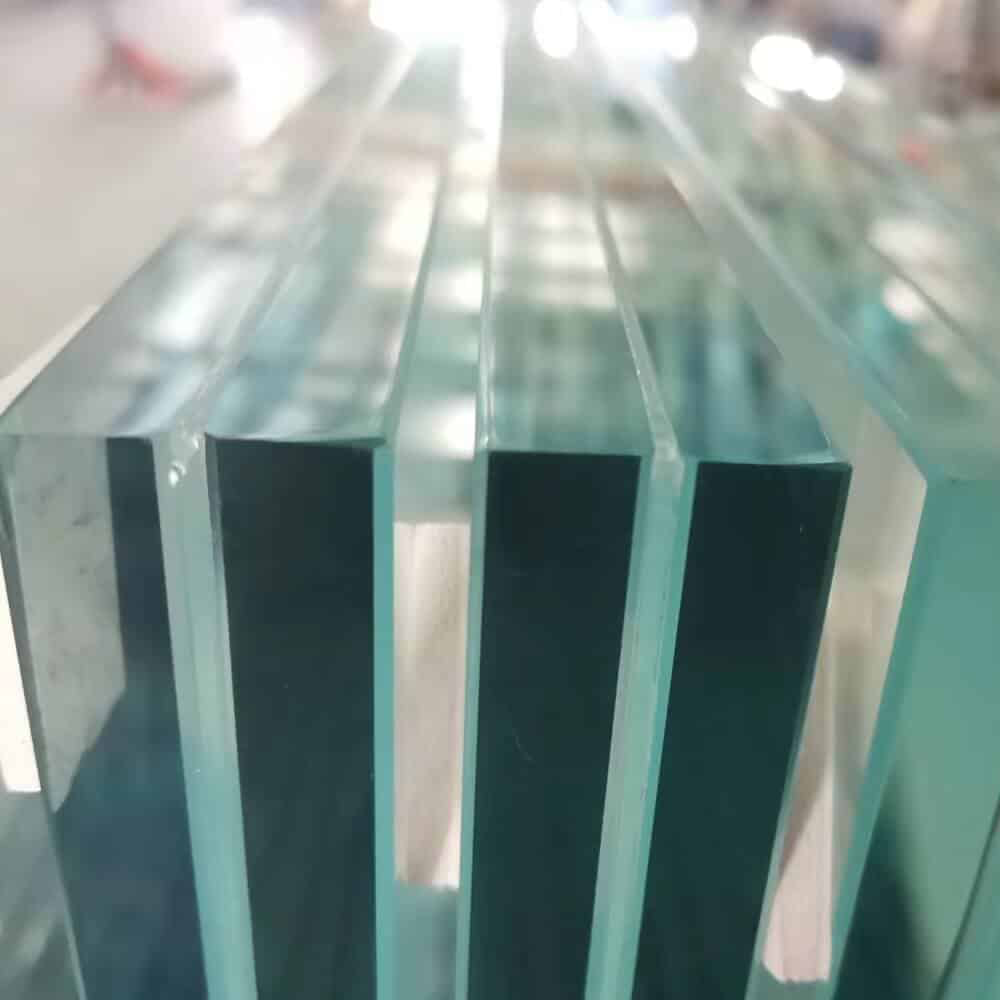
Laminated Glass
Laminated glass is a type of safety glass composed of two or more layers of glass bonded together.
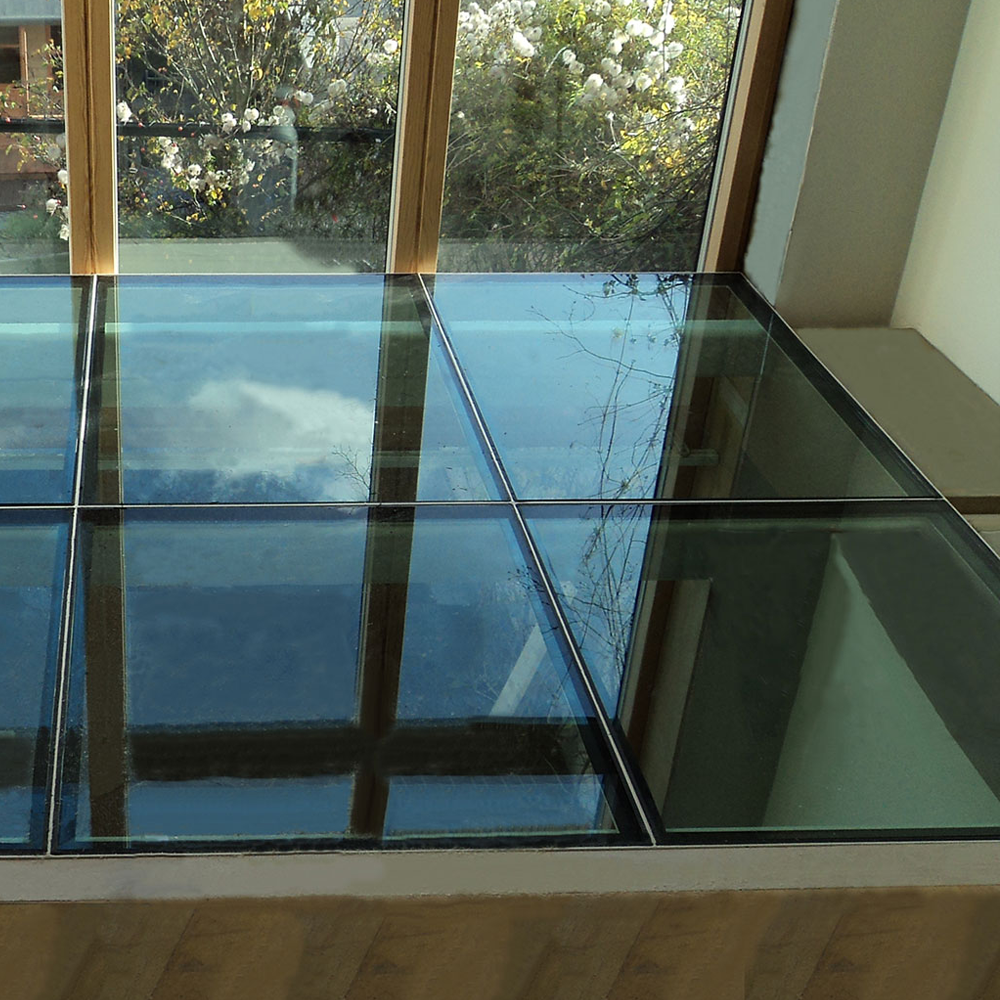
Walk-On Glass
FC500 GLaston Toughening Furnace - the largest in the world.
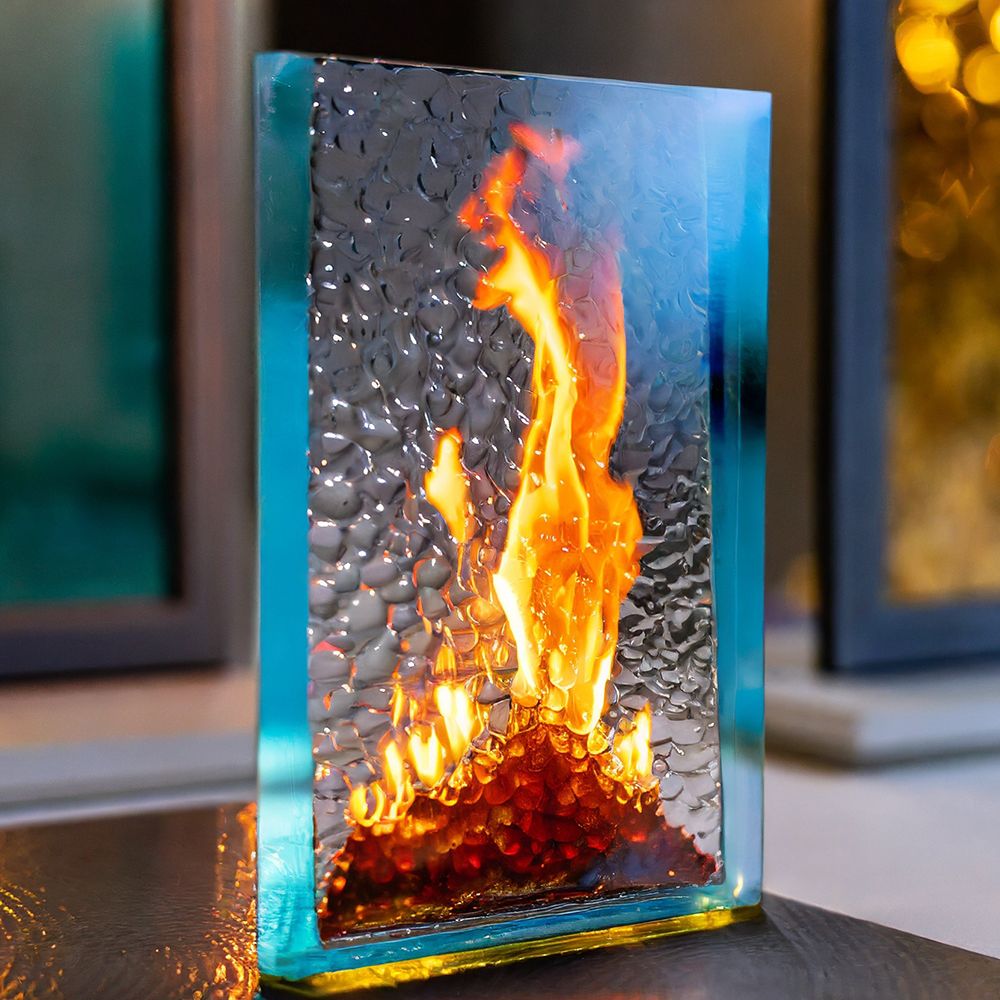
Fire Rated Glass
Fire-rated glass is a specialized glazing material engineered to prevent the spread of flames and smoke during a fire.
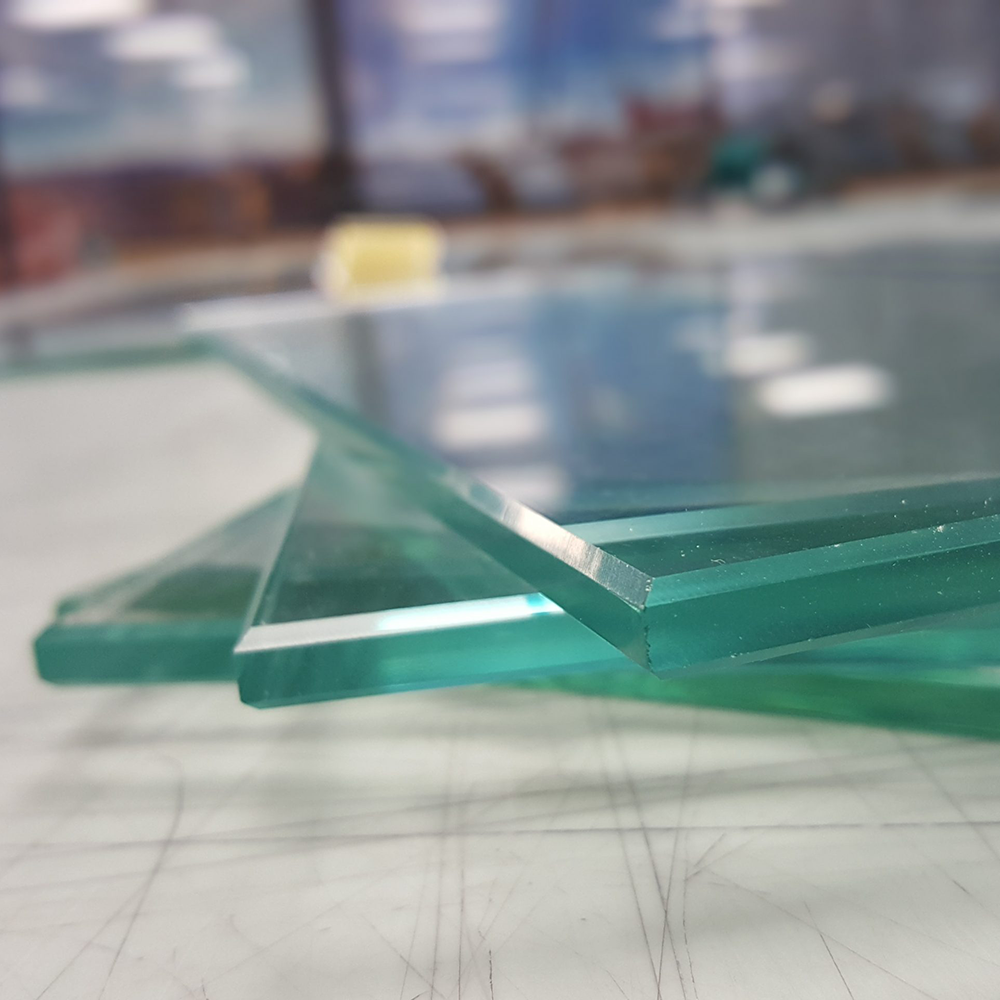
Heat Soak Glass
Heat-soaked glass refers to tempered glass that has undergone a heat soak test.
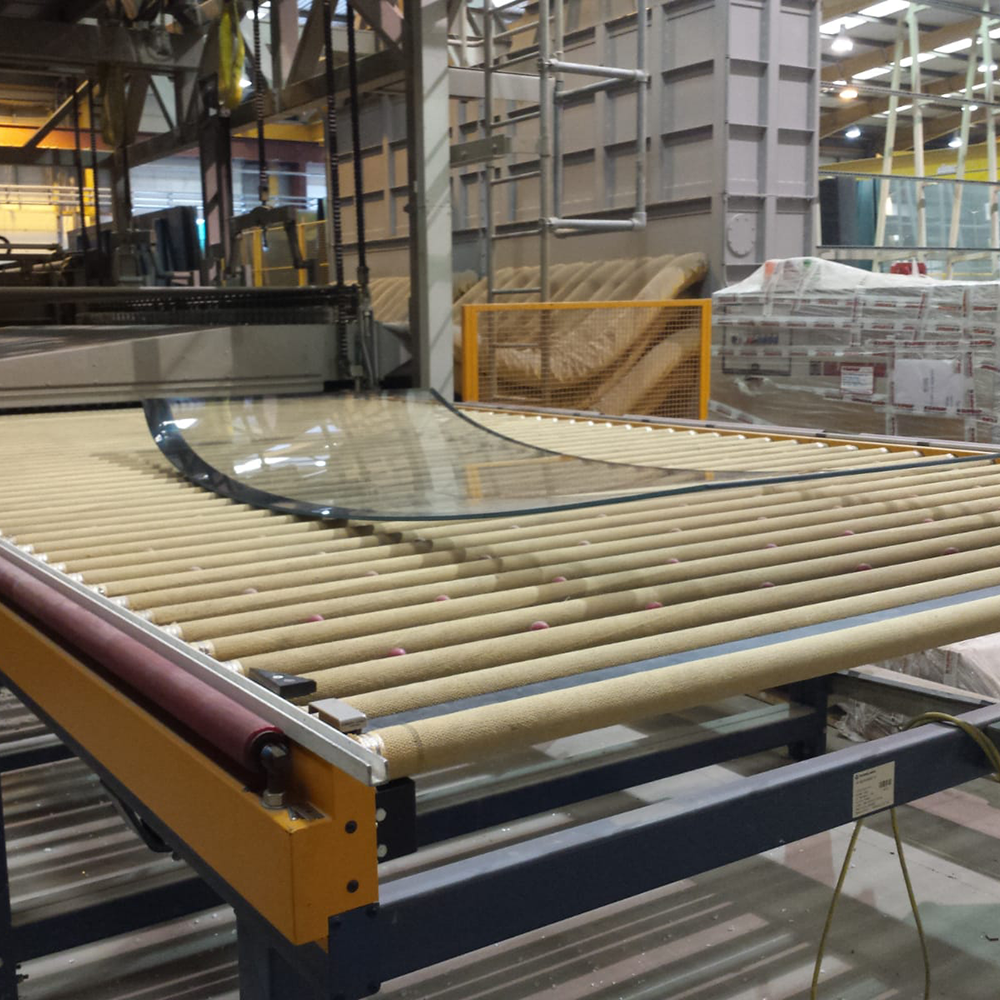
Bend Glass
Bent glass, also known as curved glass, is glass that has been shaped into a curved form
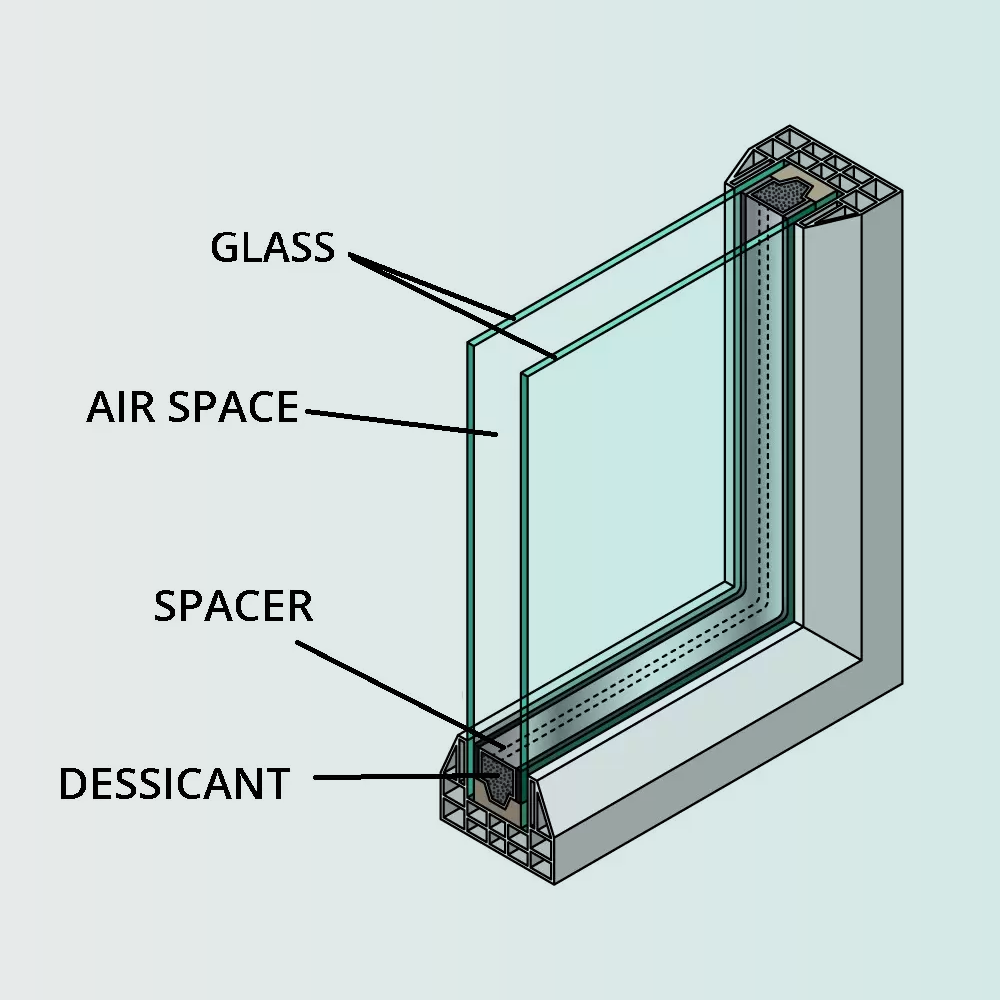
Double Glazed Units - DGU
Boost energy efficiency and acoustic performance in buildings.
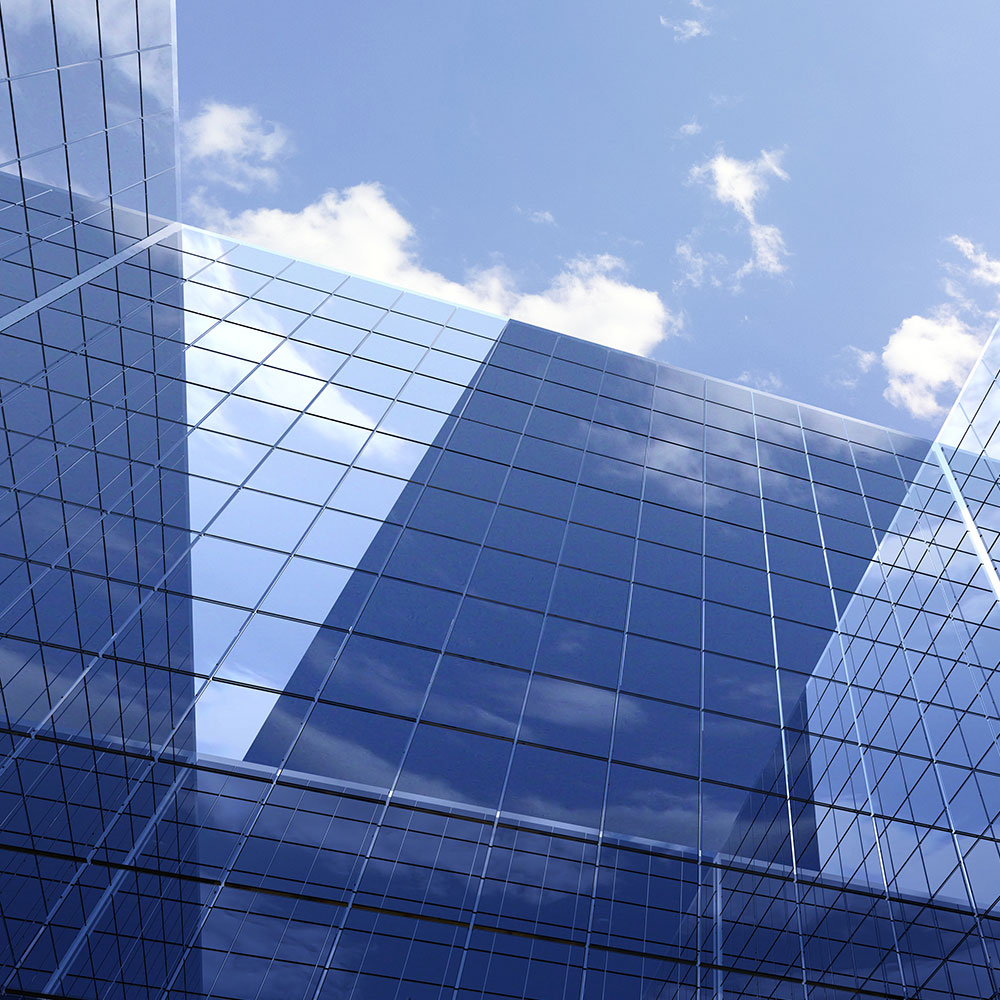
Heat Strengthened Glass
Controlled heating and cooling to increase strength and thermal resistance.
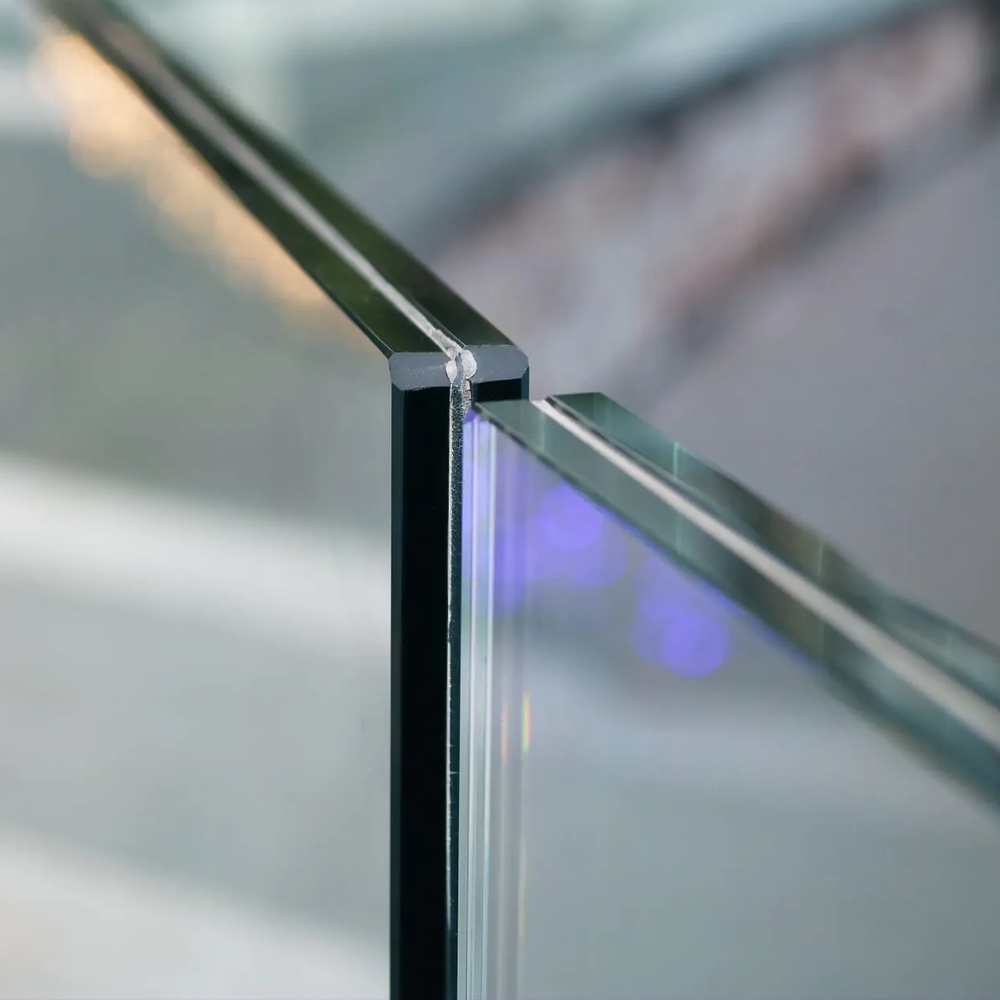
Toughened Laminated Glass
High-performance safety glass made by bonding more layers of toughened glass.
